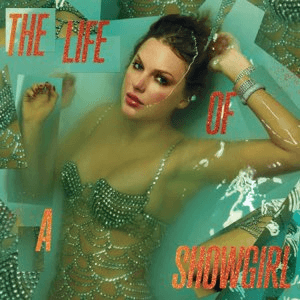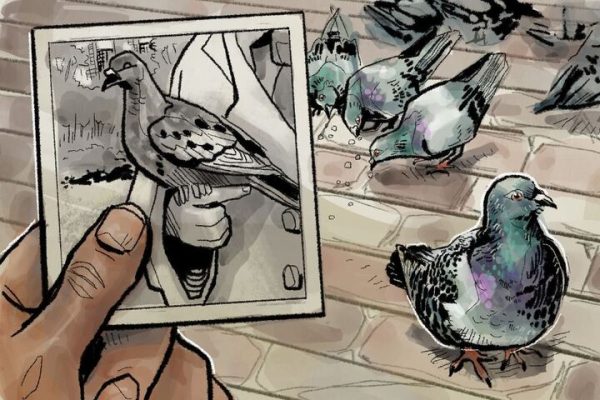Army regulation changes are everything but racist
In today’s society, it is not weird or obscure to see a person with hot pink hair or a half shaved head to express his or her personality. Not made for the ideal work place, people in their late teens and 20s are all about self-expression and sticking out in the crowd.
With a tough economy and struggles to find decent employment, it is becoming more common for the same age group to enlist in the military to find guaranteed work. Along with enlisting, the individual is giving up that sense of self-expression as the military controls how one must appear in public whether it is by behavior or appearance and everything in between.
On March 31, the United States Army released an update to Regulation 670-1, which controls the appearance of soldiers, including uniform, hygiene and hairstyles. Within this update, dreadlocks, twists and cornrows larger than one-fourth of an inch wide are deemed inappropriate and banned from soldiers’ hairstyle selection.
African-American soldiers, men and women, from across the nation are dissatisfied with the amendments made to the regulation and some are going as far as calling the changes “racist.” Some feel the changes are directed toward the African-American community, as it is popular for people to wear thicker braids and various styles of twists.
As an African-American, it is frustrating to see others of the same ethnicity to pull the race card when something does not appeal to “our” favor. I am not a member of the military, but I cannot help but wonder if those against the changes have went through the thought process of why these changes have been made.
Three days after the changes to the regulation were made, Danielle Johnson, program coordinator of The Office of Multicultural Affairs, posted a link on her personal Facebook account to a summary article that featured the views of African-American soldiers who are unhappy with the revisions and asked for reactions.
“At first, I felt really uneducated about it so I read the article and I was still kind of like, ‘Well, I wonder what the different perspectives are,’ so I posted it,” Johnson said.
When discussing the topic with Johnson, she said she feels the same way when it comes to those throwing the race card into the conflict.
“You are signing up for a lot in the Army,” Johnson said, “whether it is how many tattoos that you have or whatever, there are so many things that you have to follow, so I believe that hair would be the same.”
Under the same regulation, it is listed that designs may not be cut into the scalp of soldier’s hair. The trend of adding designs into a haircut is not only popular in the African-American community, but in many other races as well. I have not heard or seen other races claiming this regulation is “racist” so why is commenting on braids, twists and dreads any different?
“I also don’t see where black men are throwing a fit about having braids or black men are throwing a fit about kinky twists and things like that,” Johnson said. “So are they looking at both perspectives or just black women and their hair? I would be interested what the bigger picture is for them as well for any person of color having issues with hair in the military.”
Having worn braids and various twists before, I know the struggle of trying to wear headgear while rocking my new look. As part of the United States Army, it is ideal that soldiers look the same when it comes to uniform as the government issues them. When a soldier is unable to put on his or her headgear due to his or her choice of hairstyle, a change needs to be made. Instead of changing every single uniform to conform to the comfort of someone’s hairstyle, deeming it unauthorized is the best solution.
“I don’t think it’s a race thing as much as it is a safety manner to make sure that your headgear fits and everyone looking uniformed,” Johnson said.
Bottom line — when soldiers made the brave and courageous decision to fight and defend our country, he or she also signed to have some personal options and choices revoked, including your options of hairstyles. The changes to Regulation 670-1 are not racist and are to protect soldiers from potential harm by allowing the proper headgear to serve as its original intent.
The “racist” card could have been thrown during the Civil Rights Movement back in the 1960s, but it is now 2014. It’s time to think outside the box.







